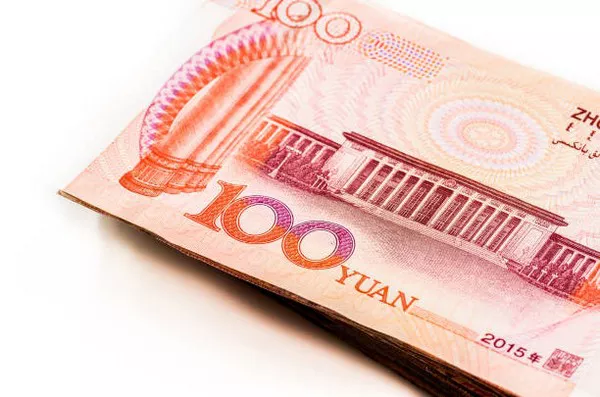In understanding the borrowing practices of Chinese banks, it’s essential to delve into the intricate workings of the Chinese banking system, its domestic funding sources, international borrowing avenues, the pivotal role of the central bank, regulatory frameworks, the influence of global economics, and future trends.
Overview of the Chinese Banking System
The Chinese banking system is a complex network comprising various types of banks, including state-owned commercial banks (SOCBs), joint-stock commercial banks, city commercial banks, and foreign banks. The major SOCBs include Industrial and Commercial Bank of China (ICBC), China Construction Bank (CCB), Agricultural Bank of China (ABC), and Bank of China (BOC), which dominate the market share.
Joint-stock commercial banks, such as China Merchants Bank and Bank of Communications, operate with a blend of private and state ownership. City commercial banks, found mainly in urban areas, cater to local businesses and individuals. Foreign banks, though present, have a limited market share due to regulatory constraints.
Domestic Funding Sources
Chinese banks predominantly rely on domestic sources for funding. Deposits from individuals and businesses constitute the primary source of funding. Interbank lending is another common practice where banks lend to each other to manage liquidity needs. The People’s Bank of China (PBOC), China’s central bank, plays a crucial role by providing liquidity support to banks through various mechanisms such as open market operations and reserve requirements.
International Borrowing
Chinese banks access international capital markets through various channels. They borrow from international banks, issue bonds both domestically and internationally, and seek loans from global financial institutions like the World Bank and Asian Development Bank. In recent years, Chinese banks have increasingly tapped into offshore markets for funding diversification and to support outbound investment initiatives.
Role of the Central Bank
The PBOC plays a pivotal role in influencing borrowing activities of Chinese banks. It regulates liquidity in the banking system, manages interest rates, and supervises financial institutions to maintain stability. The PBOC’s monetary policies greatly influence how banks manage their borrowing and lending activities, impacting liquidity conditions and credit availability.
Regulatory Environment
China’s banking sector operates under a stringent regulatory framework aimed at ensuring stability and safeguarding depositor interests. Capital adequacy requirements, liquidity ratios, and stress testing are integral components of banking regulations. The China Banking Regulatory Commission (CBRC) oversees compliance with these regulations, imposing penalties for non-compliance and promoting sound banking practices.
Impact of Global Economics
Global economic conditions exert significant influence on Chinese banks’ borrowing strategies. Fluctuations in interest rates, foreign exchange rates, and macroeconomic indicators impact funding costs, credit demand, and risk management practices. Chinese banks closely monitor global economic trends to adapt their borrowing strategies accordingly.
Case Studies
An illustrative case study is the overseas expansion of ICBC, which involved significant borrowing to support its global expansion initiatives. ICBC tapped into international capital markets by issuing bonds and securing syndicated loans from global banks, enabling it to finance acquisitions and establish a global presence.
Another case study is the utilization of interbank lending during liquidity shortages. During periods of tight liquidity, Chinese banks engage in interbank lending to meet short-term funding needs, relying on the PBOC for emergency liquidity support if necessary.
See Also What Is A Good Salary For A Single Person In China?
Future Trends
Looking ahead, Chinese banks are expected to continue diversifying their funding sources and strengthening risk management practices. With China’s economic growth and increasing integration into the global financial system, Chinese banks will likely expand their presence in international markets, further enhancing their borrowing capabilities.
In conclusion, Chinese banks employ a diverse array of domestic and international borrowing avenues, guided by regulatory frameworks, central bank policies, and global economic dynamics. Understanding these borrowing practices is crucial for comprehending the resilience and adaptability of the Chinese banking system in an ever-evolving financial landscape.


